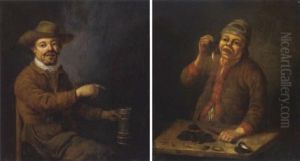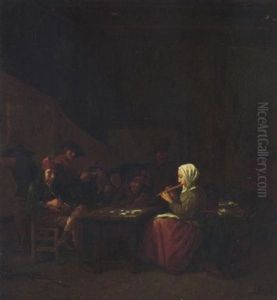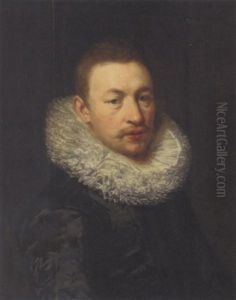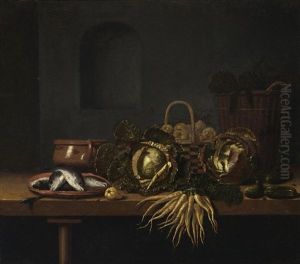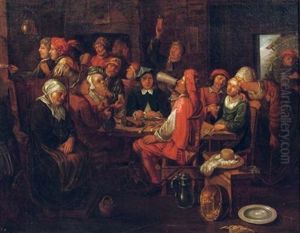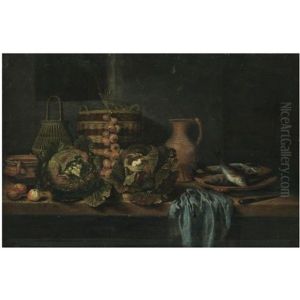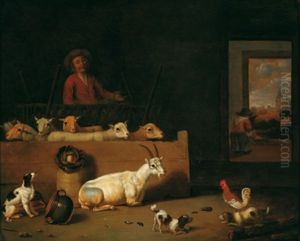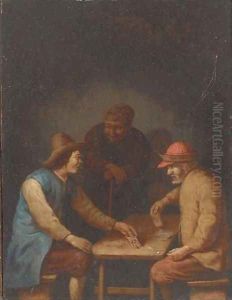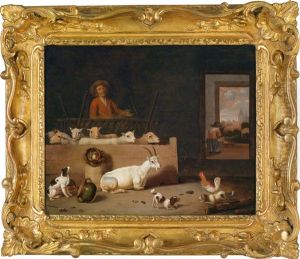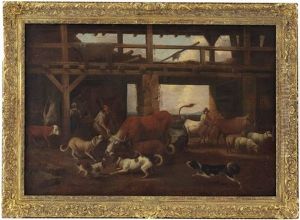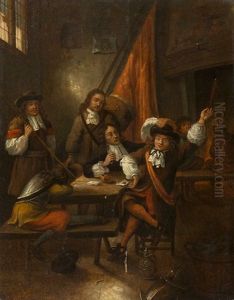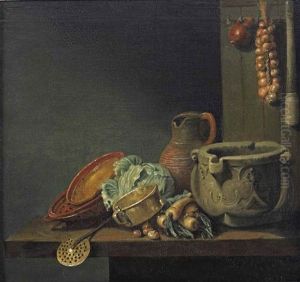Hubert van Ravesteyn Paintings
Hubert van Ravesteyn was a Dutch Golden Age painter, born in the year 1638, in the Netherlands. He was part of the remarkable era of Dutch artistry that is often celebrated for its intricate detail, realism, and the flourishing of still life and genre painting. Van Ravesteyn made his mark in this vibrant period with his specialization in still lifes, particularly known for his detailed and textured depictions of kitchen interiors, game, and banquet pieces that resonated with the tastes and interests of the Dutch middle class during the 17th century.
Despite the commonality of his name with other artists of the period, including Jan van Ravesteyn, a portraitist in The Hague, Hubert carved out a distinct niche for himself through his unique style and subjects. His works are characterized by their meticulous attention to detail, rich colors, and the ability to capture the play of light and shadow, which lent a lifelike quality to his compositions. This was in line with the Dutch Golden Age's focus on realism and the portrayal of everyday life, albeit with a sense of idealization and beauty.
Van Ravesteyn's career was mostly centered around the city of Dordrecht and later, Utrecht, where he contributed to the development of the local art scene. His paintings often included elements that were emblematic of Dutch still life painting, such as pewter plates, half-peeled lemons, and finely detailed silverware, which not only showcased his skill in rendering textures but also served as a reflection of the wealth and cultural pride of the Dutch Republic at the time.
Despite the quality and detail of his work, Hubert van Ravesteyn did not gain the same level of fame as some of his contemporaries, such as Willem Kalf or Jan Davidsz. de Heem, but his contributions to Dutch still life painting have been increasingly recognized and appreciated over time. Today, his works can be found in various museums and collections, appreciated for their contribution to the rich tapestry of Dutch art. Hubert van Ravesteyn passed away in 1691, leaving behind a legacy that, while modest in comparison to the giants of his time, remains an important part of the Golden Age of Dutch painting.


